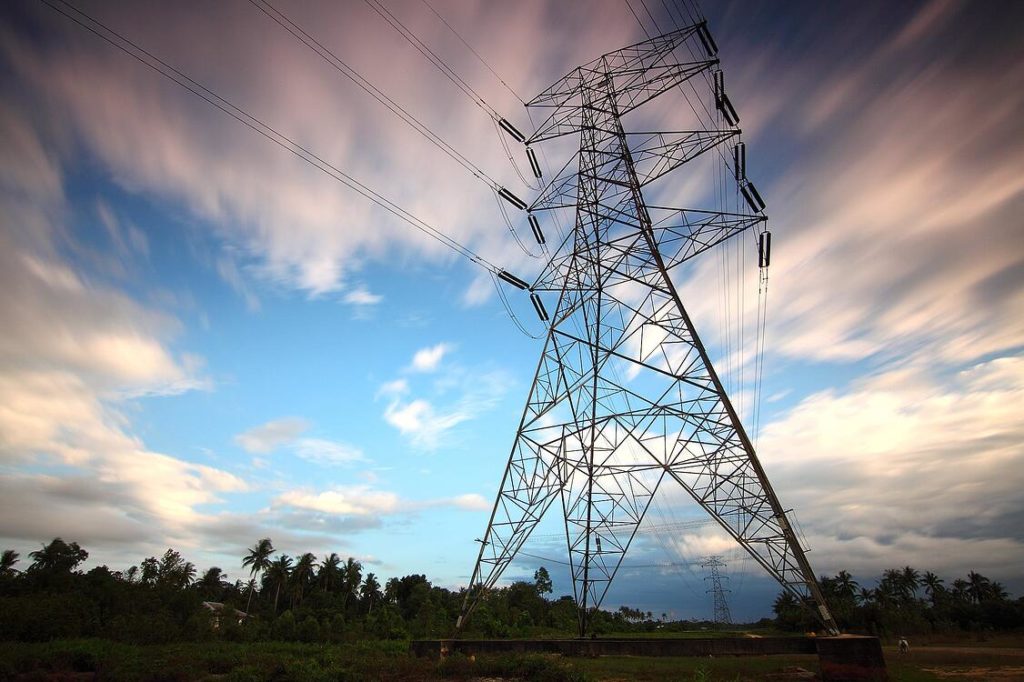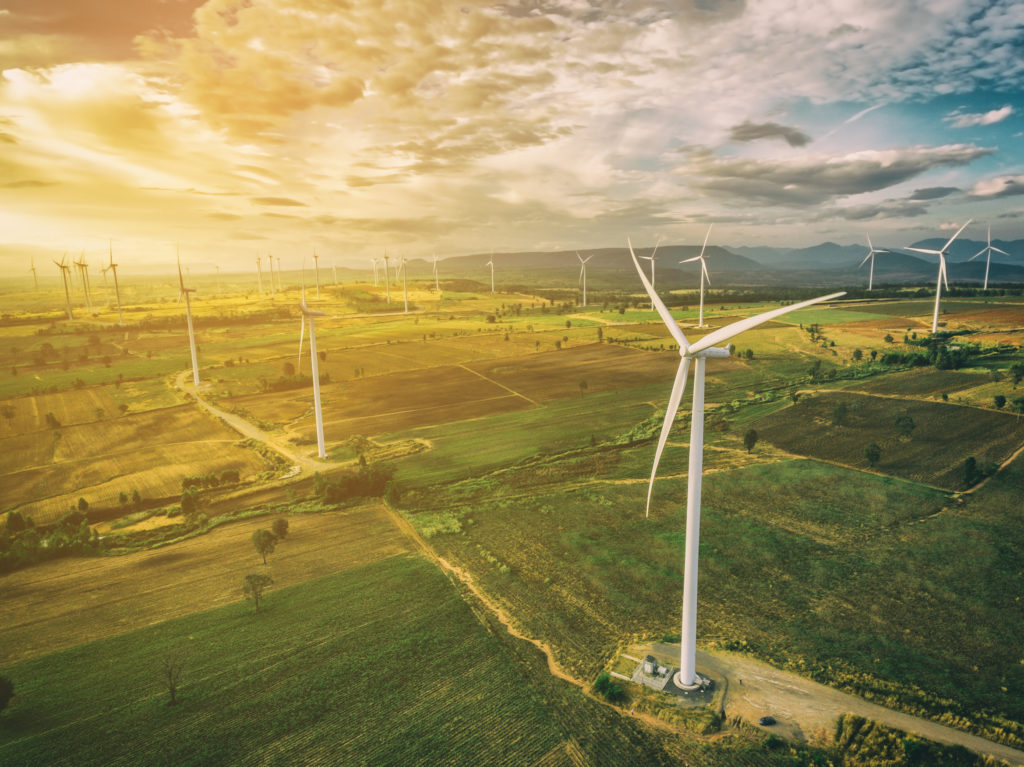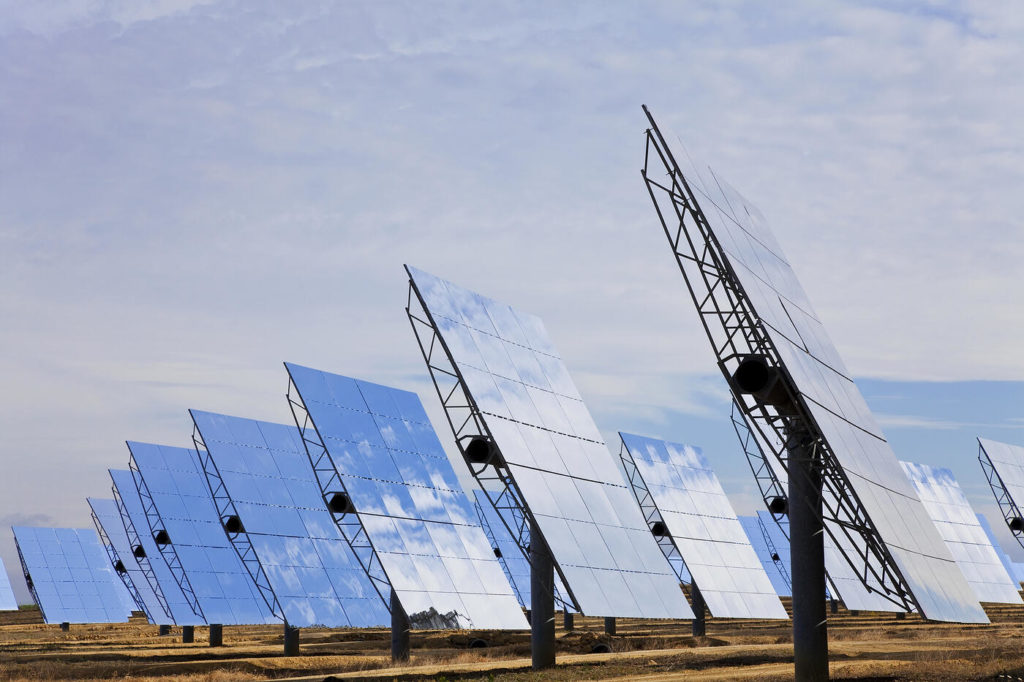Is the Future of Energy Really Digital?
The energy industry has undergone significant changes in recent years, and with these changes, it’s inevitable that there will also be some challenges. For example, the combination of more renewable energy resources, more distributed generation, and an aging grid means that the industry needs to evolve and roll out more complex distribution systems than there currently exist.

Meanwhile, a key stakeholder in the energy sector is also evolving…
The energy customer is done being a passive energy subscriber who merely waits to receive and settle his energy bill at the end of the month. Energy customers today are actively engaged in decision making, procuring more behind-the-meter assets to generate power at home, and trading it with their loved ones and neighbours in a peer-to-peer fashion.
But what are the implications of a more active customer base, one that relies primarily on digital technologies for their decision making and implementation? The outcomes are beneficial, just as much as the possibilities are limitless! Today, we will discuss a few of them:

1. Digitization gives the customer more control
Domestic energy producers can now decide exactly how they expend their surplus energy. Whether it means sharing it with a family member, charging their neighbour’s electric vehicle, or donating it to a charity of their choice, one thing is for sure, digital infrastructures like the SunContract energy marketplace give the energy customers autonomy over their energy decisions. Producers can choose how to discharge their surplus energy, while consumers have autonomy over the source of renewable energy powering their households and businesses. Digitization also allows both producer and consumer to define their willingness to pay/sell so that they can be matched accordingly with a producer/consumer with similar requirements.

2. It helps maintain grid stability and reliability
The aggregation and real-time action of energy assets and industrial loads provides accurate frequency regulation and demand response, providing new revenue streams and grid balancing services.

3. It helps in the distribution of behind-the-meter generation
As more of our energy output becomes decentralized, digital systems provide transparent monitoring and data integration.

4. Digitization helps us optimize and forecast energy production
Forecasting wind and solar output is a near-term opportunity for digital technologies (more specifically AI technolgies) that would enable better renewable energy integration. Equipped with better forecasting, renewable energy resource assets could be used more accurately as peaking plants to smooth supply and demand.

5. It creates competitive markets through transparency
The transparency of a blockchain stems from the fact that the holdings and transactions of each public address are open to viewing. Using an explorer, and equipped with a user’s public address, it is possible to view their holdings and the transactions that they have carried out. This level of transparency has not existed within financial systems before, especially in regards to large businesses, and adds a degree of accountability that has not existed to date in energy. It is in this way that blockchain gives stakeholders a platform to act with genuine integrity towards their community and customers. Transparency breeds competitive markets which breed fair prices for all parties involved. This has especially not been the case in energy, with the dominance of monopolies and oligopolies who took advantage of the asymmetry in information within the market.

6. Digitization means a new way of invoicing for energy customers
Blockchain technology is also being applied to electronic invoicing and it is revolutionizing how transactions are validated, invoices issued and payments made. Traditional payment processes tend to be opaque, based on paper, with little or no audit trail available. By using an invoicing system on the blockchain, modern energy platforms like the SunContract energy marketplace allow for seamless payments made automatically from the customer to the company’s digital wallet. Transactions are easy to track and monitor and the entire history of a transaction can be downloaded from the blockchain.
Conclusion
It is clear to see that the benefits of digitizing the energy sector are plentiful. This must explain not only why the pace of digitalization in energy is increasing but also why the investment in digital technologies has risen sharply over the last few years.
However, the transformation of the energy sector has just started. As we improve our capabilities to collect, sort and analyse data, and as we combine these capabilities with machine learning and artificial intelligence, we will ultimately increase efficiency even further through prescriptive analytics and automation. The future of energy is clean. The future of energy is digital.
Join our network of community members to stay updated on all SunContract project developments:


